GREETINGS FROM EARTH! Welcome to my space blog! Let's explore the stars together!!!
144 posts
Latest Posts by littlecadet-biguniverse - Page 5

The Spider and the Fly - IC 417
NASA’s Spitzer Space Telescope floats ~93 million miles from earth as it silently observes our universe. In this image we see the nebula IC 417, located in the constellation Auriga, about 10,000 light-years away. Star formation is occurring rapidly in this nebula.
“A cluster of young stars called “Stock 8” can be seen at the top. The light from this cluster carves out a bowl in the nearby dust clouds, seen here as green fluff. Along the sinuous tail in the center and to the bottom, groupings of red point sources are also young stars.”
Credit: NASA/JPL
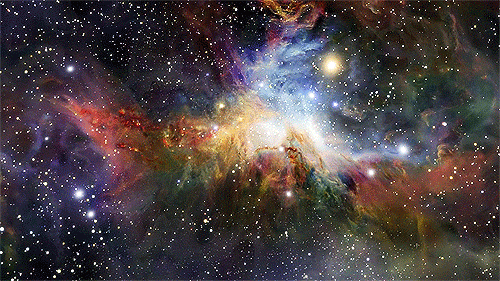
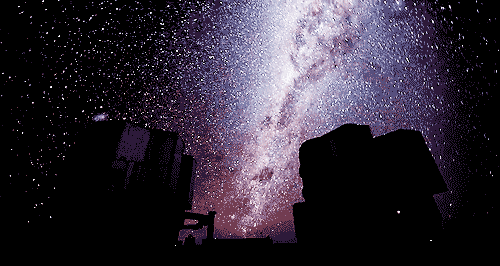
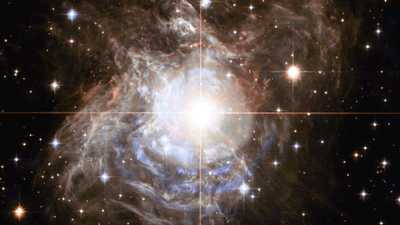
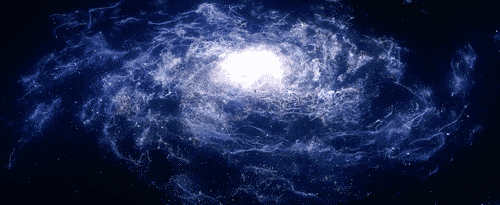
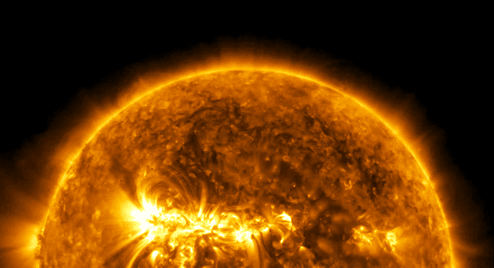
“Every one of us is, in the cosmic perspective, precious. If a human disagrees with you, let them live. In a hundred billion galaxies, you will not find another.” ~ Carl Sagan, Cosmos



Messier 1 - The Crab Nebula
Potentially Humanity’s First Historically Observed Supernova
The Crab Nebula is the first astronomical object identified with a historical supernova explosion. Around in the year 1054, Chinese astronomers identified a large bright object that suddenly and mysteriously appeared in the sky. The explosion was so bright that it was even visible during the day time.
700 years later the super nova remnant faded in brightness as it expanded and was nearly forgotten. The Super Nova Remnant was rediscovered in 1758 ( officially re-recorded) by Charles Messier while he was creating a catalog of mysterious objects that looked like comets but were not.
We now know that the beautiful Crab Nebula is the magnificent result of the death of a star, which was unknown to Charles Messier and the Chinese Astronomers that discovered the Object. Now, thanks to space telescopes such as Hubble and Chandra, we can image the Nebula in great detail. The bottom left image is of a small region of the Crab Nebula. It shows “Rayleigh–Taylor instabilities in its intricate filamentary structure” and gives scientists a better understanding of the death of stars. The image to the bottom left shows combined visible light data from Hubble and x-ray data from Chandra.
Credit: NASA/Hubble/Chandra
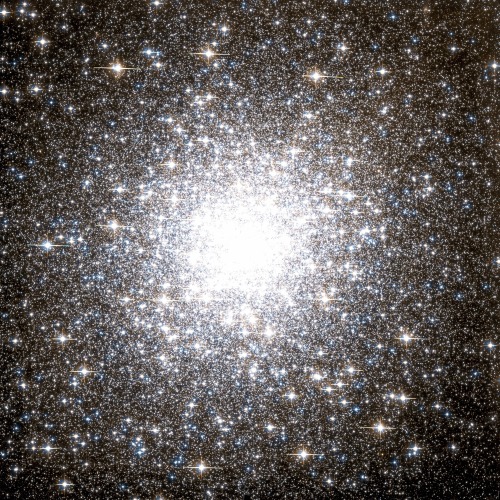
150,000 Stars - The Messier 2 Star Cluster
This massive Star Cluster (The Messier 2 Star Cluster) is 13 billion years old - making it one of the oldest star clusters in the Milky Way Galaxy. Not only is this Star Cluster ancient, it is one of the largest known star clusters. On a clear night away from light pollution, you can see M2 with the naked eye as a faint blur in the constellation Aquarius.
Credit: NASA/Hubble/SIMBAD Astronomy db

A HD Sweep Of Pluto!
Click on the image above to see a HD sweep of the surface of Pluto from NASA’s New Horizons Spacecraft! This is a short post made to accompany my other Pluto post here!
Credits: NASA/New Horizons/Jhu

The giant star Zeta Ophiuchi


MARTIAN STORMS - Seen in 1977 by the Viking 2 Orbiter
“Like its predecessor, the Viking 2 mission consisted of a lander and an orbiter designed to take high-resolution images, and study the Martian surface and atmosphere. Both the Viking 1 and 2 landers benefited greatly from their orbiting counterparts, which snapped images that helped mission controllers navigate the landers to safe landing sites.”
This particular image was taken by the Viking 2 Orbiter and shows a massive dust storm on the red planet. This spectacular storm can be seen on a global scale. The Viking 2 mission would end 3 years later on April 11, 1980.
Credit: NASA/JPL

Wide-field view of the sky around the exotic binary star system AR Scorpii
This wide-field image from the Digitized Sky Survey 2 shows the rich starfields surrounding the exotic binary star system AR Scorpii.
Credit: Digitized Sky Survey 2. Acknowledgement: Davide De Martin
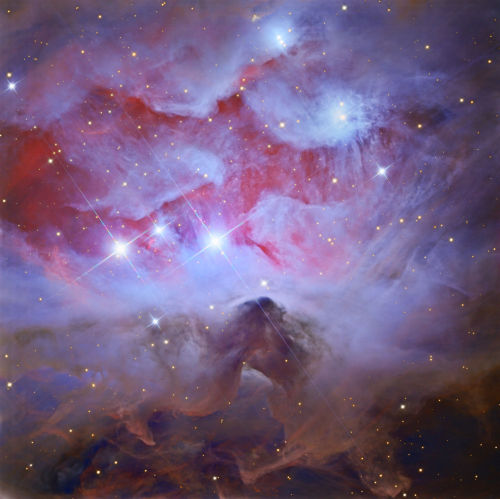
Running Man Nebula
js
you're👏not👏a👏 real 👏astronomer👏 until 👏you've 👏shoved 👏all👏 9 👏planets 👏up 👏your👏 ass

What forms lurk in the mists of the Carina Nebula? The dark ominous figures are actually molecular clouds, knots of molecular gas and dust so thick they have become opaque. In comparison, however, these clouds are typically much less dense than Earth’s atmosphere. Featured here is a detailed image of the core of the Carina Nebula, a part where both dark and colorful clouds of gas and dust are particularly prominent. The image was captured last month from Siding Spring Observatory in Australia. Although the nebula is predominantly composed of hydrogen gas – here colored green, the image was assigned colors so that light emitted by trace amounts of sulfur and oxygen appear red and blue, respectively. The entire Carina Nebula, cataloged as NGC 3372, spans over 300 light years and lies about 7,500 light-years away in the constellation of Carina. Eta Carinae, the most energetic star in the nebula, was one of the brightest stars in the sky in the 1830s, but then faded dramatically.
Object Names: Carina Nebula
Image Type: Astronomical
Credit: John Ebersole
Time And Space

The violent past of our galaxy’s black hole could help us solve a cosmic mystery
The supermassive black hole at the center of our galaxy is pretty quiet now, but new research suggests that 6 million years ago it was raging and gobbling up matter. Scientists think it could explain a mysterious disappearance.
Follow @the-future-now



NGC 7129, Young Stars

M94, Cat’s Eye Galaxy

Andromeda, Our Sister Galaxy

NASA Astronomy Picture of the Day 2016 August 31
Annular Solar Eclipse over New Mexico
What is this person doing? In 2012 an annular eclipse of the Sun was visible over a narrow path that crossed the northern Pacific Ocean and several western US states. In an annular solar eclipse, the Moon is too far from the Earth to block out the entire Sun, leaving the Sun peeking out over the Moon’s disk in a ring of fire. To capture this unusual solar event, an industrious photographer drove from Arizona to New Mexico to find just the right vista. After setting up and just as the eclipsed Sun was setting over a ridge about 0.5 kilometers away, a person unknowingly walked right into the shot. Although grateful for the unexpected human element, the photographer never learned the identity of the silhouetted interloper. It appears likely, though, that the person is holding a circular device that would enable them to get their own view of the eclipse. The shot was taken at sunset on 2012 May 20 at 7:36 pm local time from a park near Albuquerque, New Mexico, USA. Tomorrow another annular solar eclipse will become visible, this time along a path crossing Africa and Madagascar.

Emission Nebula Sh2-72
js

Astronomers just discovered the most distant galaxy cluster ever seen
Scientists managed to spot a cluster of galaxies 11.1 billion light-years away. That’s almost an inconceivable distance when you consider that one light-year is roughly 6 trillion miles. The discovery is important because it reveals new information about the actual time when galaxy clusters started forming.
Follow @the-future-now
Another Station Upgrade:
Spacewalkers Jeff Williams and Kate Rubins to install new TV cameras
On Thursday, Sept. 1, U.S. astronauts Jeff Williams and Kate Rubins will conduct the station’s 195th American spacewalk. As part of their activities, the pair will install the first of several enhanced high-definition television cameras that will monitor activities outside the station, including the comings and goings of visiting cargo and crew vehicles

Working on the station’s backbone, or truss, Williams and Rubins will retract a thermal radiator that is part of the station’s cooling system.

As was the case for their first spacewalk together on Aug. 19, Williams will be designated as extravehicular crew member 1 (EV1), wearing a spacesuit with a red stripe, while Rubins will be EV2, wearing a suit with no stripes.
Watch LIVE!
Coverage of the spacewalk begins at 6:30 a.m. EDT on Thursday, Sept. 1; with the spacewalk scheduled to begin at 8:05 a.m. EDT. Stream live online HERE.
Make sure to follow us on Tumblr for your regular dose of space: http://nasa.tumblr.com

